- 29 January 2024
- 110
When Things Get Blurry: What Myopia (Nearsightedness) Means
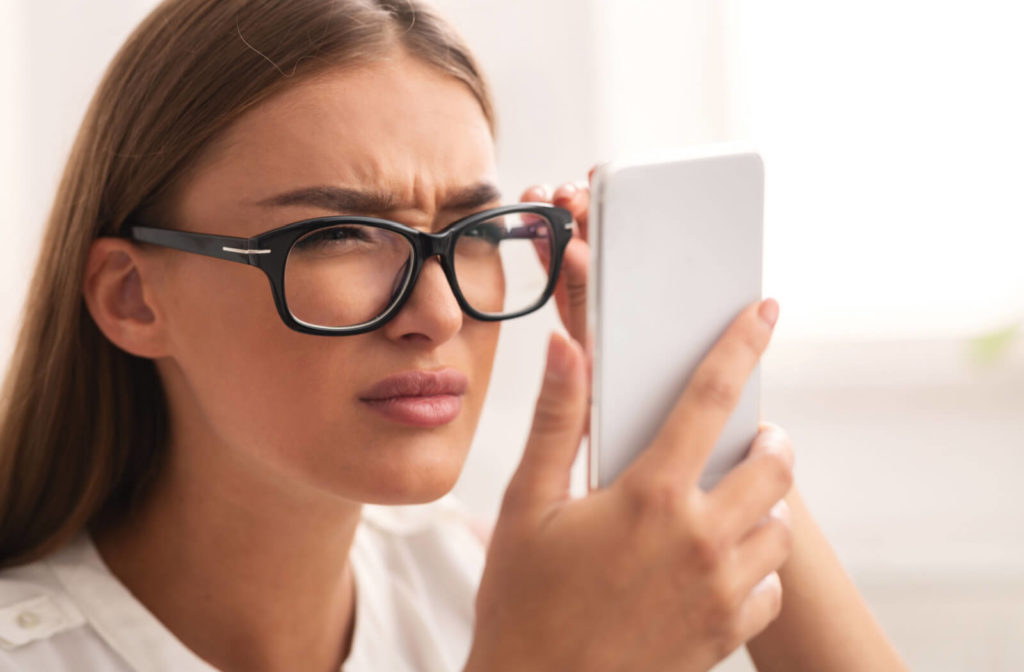
Introduction
In the vast landscape of vision-related conditions, myopia, commonly referred to as nearsightedness, stands as a prevalent visual impairment. This article delves into the intricacies of myopia, shedding light on its origins, symptoms, and the diverse range of treatment modalities available.
What Causes Myopia?
Understanding myopia necessitates a glimpse into the structural intricacies of the eye. When the eyeball is excessively elongated or the cornea, the outer protective layer of the eye, is overly curved, the result is a misalignment of light entering the eye. Images focus in front of the retina, causing blurred vision – a phenomenon termed as a refractive error.
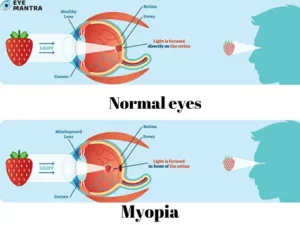
Peeling Back the Layers
- High Myopia: Beyond the common form of myopia, high myopia entails abnormal eyeball growth, increasing its length. This not only hampers distant vision but also elevates the risk of conditions such as detached retina, cataracts, and glaucoma.
- Degenerative Myopia: Often inherited, this rare form involves rapid eyeball elongation, leading to severe myopia, usually surfacing in the teenage or early adult years. Beyond impaired vision, risks extend to detached retina, abnormal blood vessel growth (choroid neovascularization), and glaucoma.
Symptoms of Myopia
While the hallmark symptom of myopia is blurred vision for distant objects, individuals may also experience:
- Headaches
- Squinting
- Eye strain
- Fatigue when attempting to focus on objects at a distance, particularly observed in children
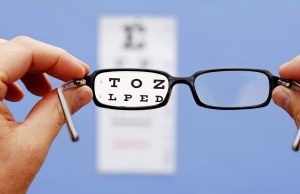
Diagnosis and Treatment
Diagnosing myopia involves a comprehensive eye examination, where healthcare professionals determine the degree of nearsightedness. Corrective measures include eyeglasses, contact lenses, or in more advanced cases, surgical interventions.
Additional Treatment Avenues:
- High Myopia: For individuals with high myopia, special contacts or atropine eyedrops have demonstrated effectiveness in slowing progression. In extreme cases, cataract or clear lens replacement surgery may be recommended.
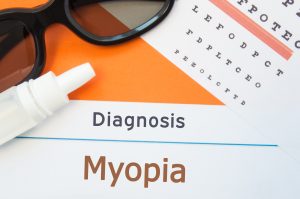
Beyond Glasses and Contacts
While eyeglasses and contact lenses are conventional solutions, advancements in ophthalmic surgery offer transformative options. Three primary procedures for myopia correction include:
- Photorefractive Keratectomy (PRK): Utilizing a laser, PRK sculpts the middle layer of the cornea, flattening its curve and allowing light rays to focus closer to or on the retina.
- LASIK (Laser-Assisted In Situ Keratomileusis): A prevalent surgery, LASIK involves creating a thin corneal flap, sculpting the cornea with a laser, and repositioning the flap for improved vision.
- EVO Implantable Collamer Lens (ICL): Employing microscopic incisions, this surgery involves implanting a soft, polymeric contact lens between the natural lens and iris, aiding in light refraction onto the retina for clearer vision.
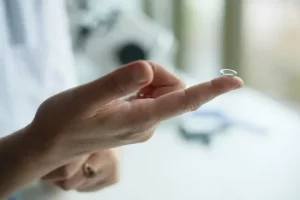
Does It Get Better Over Time?
Myopia often manifests in childhood and tends to run in families. While multifocal lenses, glasses, and specific eye drops like atropine, pirenzepine gel, or cyclopentolate may slow progression, vigilance is crucial. Treatment for other health Problems Though myopia typically stabilizes post-teenage years, recent trends suggest an alarming rise in incidents, emphasizing the importance of regular eye check-ups.
Conclusion
Empowered with knowledge, individuals can take charge of their vision health. Regular eye check-ups, awareness of familial predispositions, and timely intervention can collectively play a pivotal role in managing and preventing the progression of myopia, ensuring a clearer and healthier visual future.

